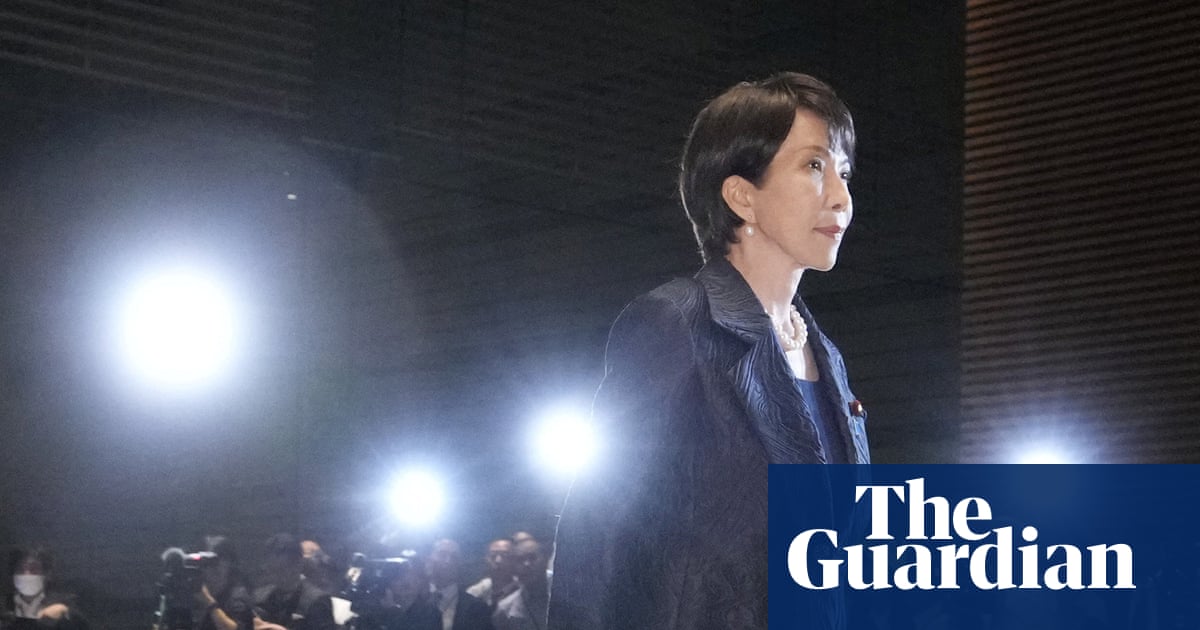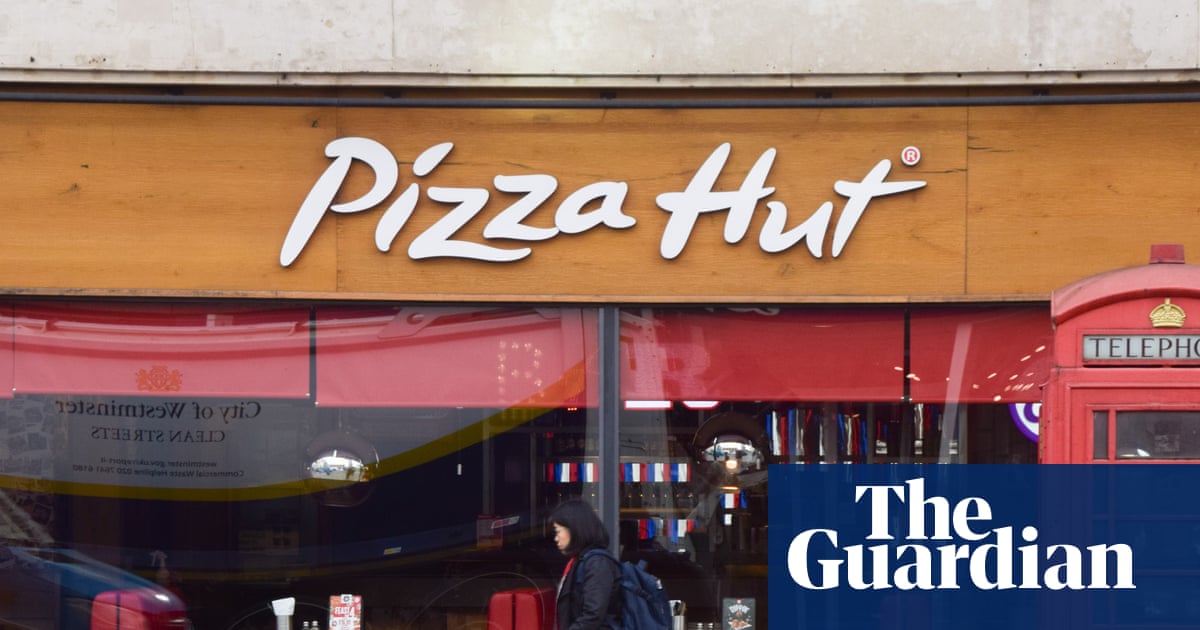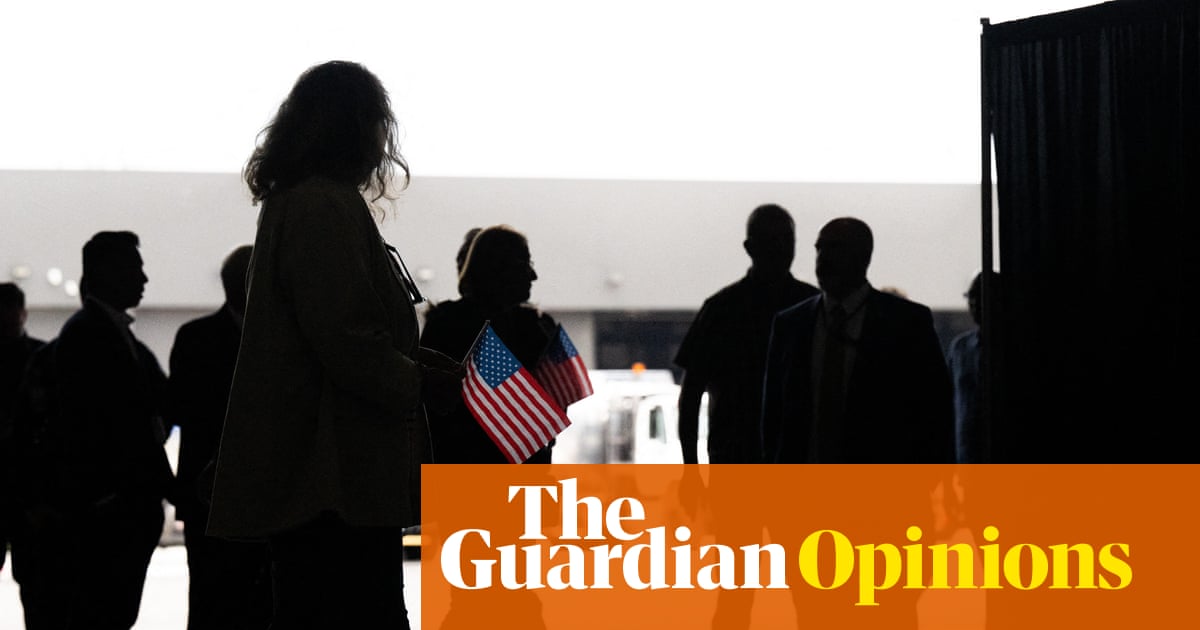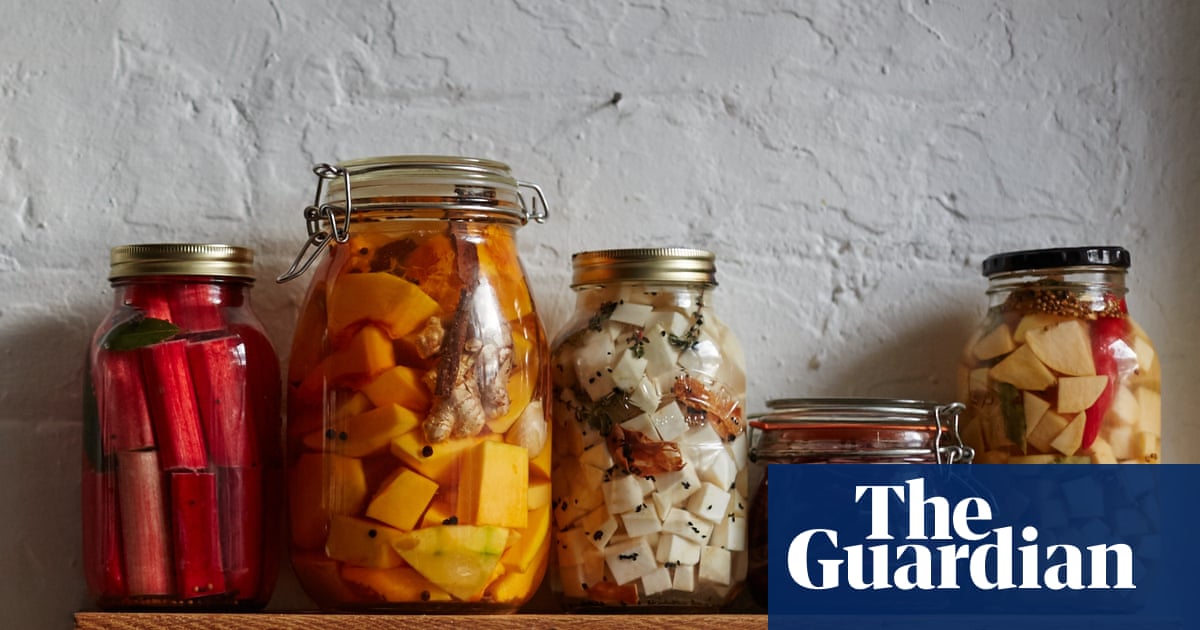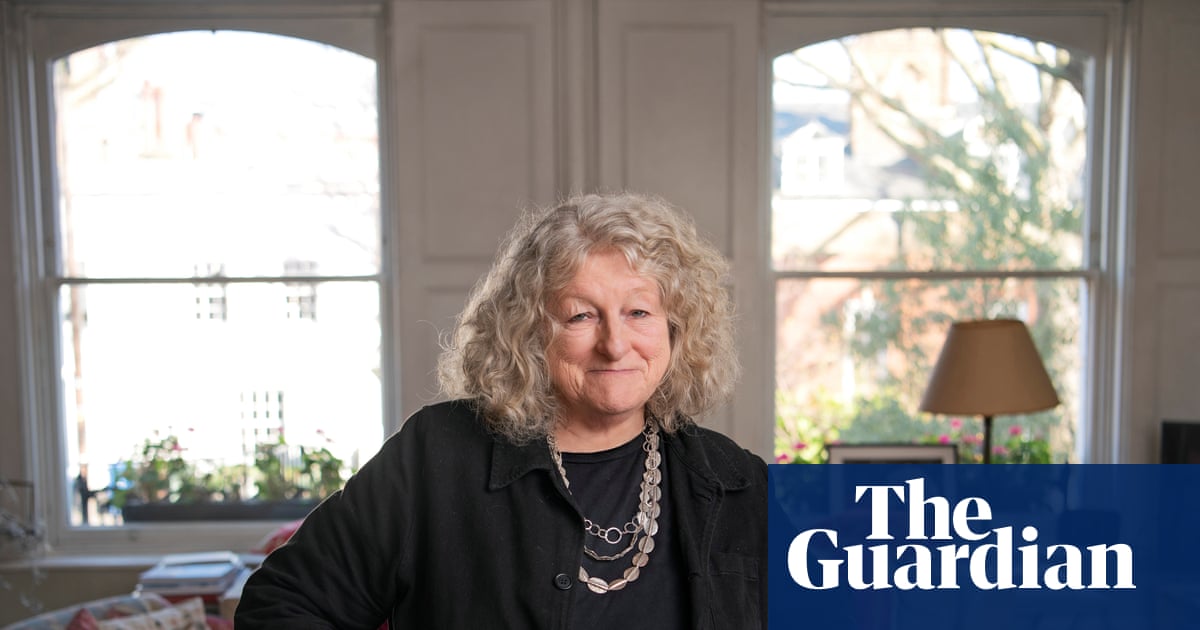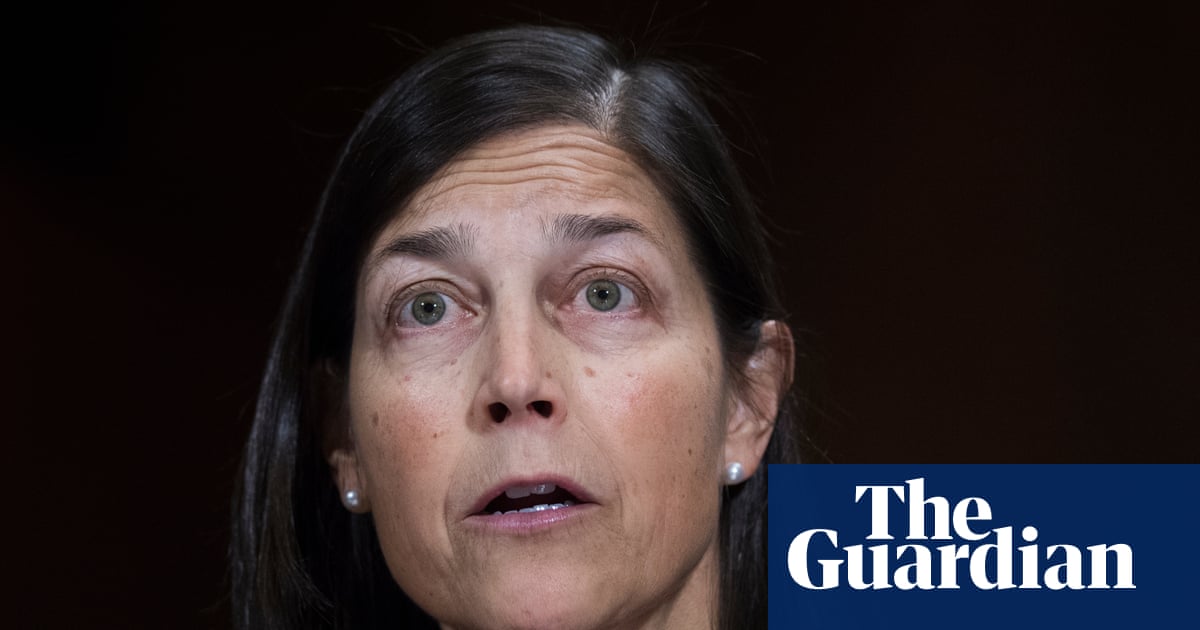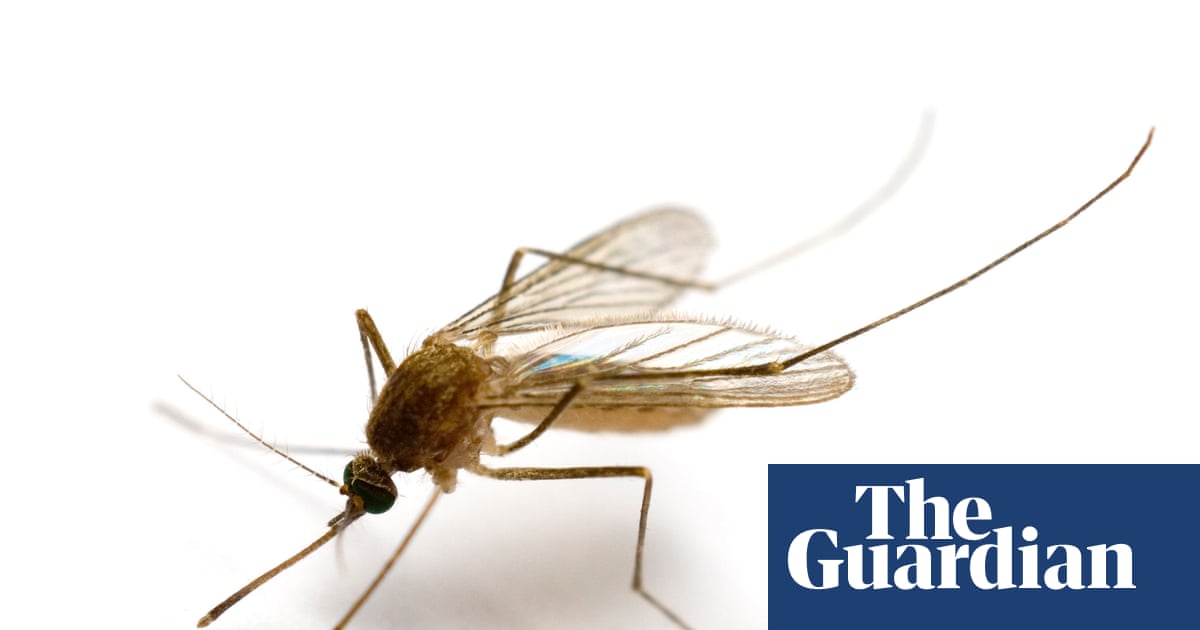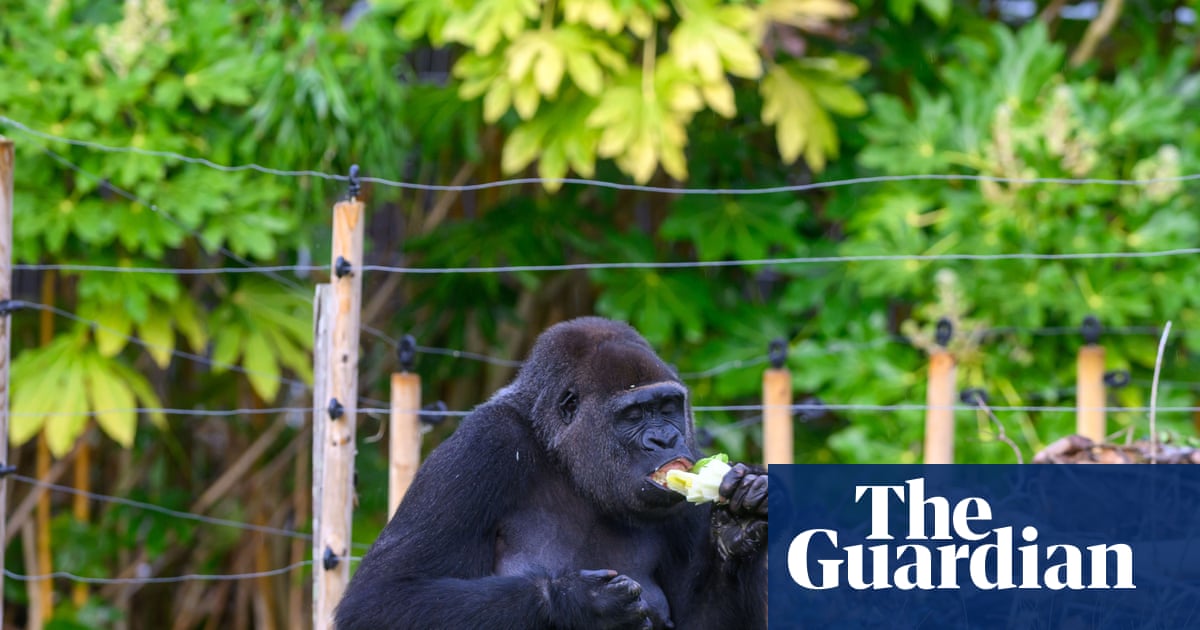Delhi awoke to a thick haze on Tuesday, a day after millions of people celebrated the Hindu festival of Diwali with fireworks, marking the beginning of the pollution season that has become an annual blight on India’s capital.
Those in the most polluted city in the world once again found themselves breathing dangerously toxic air that fell into the “severe” category on Tuesday morning.
Part of Delhi showed an air quality index (AQI) of more than 500, which is 10 times higher than the level deemed healthy by the World Health Organization. In some areas, levels of PM2.5 and PM10 – the toxic particles causing pollution – recorded peaks of 1,800, which is 15 to 20 times higher than those deemed healthy.
Since 2020, the sale and bursting of firecrackers had been banned in Delhi during Diwali, known as the festival of light, due to their contribution to the deadly smog that engulfs the city as winter sets in.
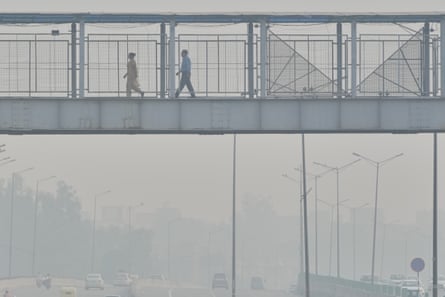
However, earlier this year the newly elected regional Delhi government led by the Bharatiya Janata party (BJP), the Hindu nationalist party which also governs at the national level, approached the supreme court to ask for the ban to be relaxed. They proposed that “green crackers” – which have been previously shunned by environmentalists as they are only about 30% less polluting – be allowed over Diwali celebrations as a balance between “tradition and environment”.
Much to the frustration of environmental and health campaigners, judges complied with the BJP’s request, stipulating that the green firecrackers could be set off during stipulated time windows during Diwali.
On Monday night, there was a widespread flouting of the time restrictions across the capital and little regulation on whether the firecrackers were the more environmentally friendly variety. Many recording stations in Delhi showed pollution peaking at around midnight to some of the worst levels during Diwali in at least three years.
On Tuesday morning, the proliferation of firecrackers during Diwali set off a blame game with neighbouring Pakistan, with the Pakistani state of Punjab partly blaming the declining air quality in the city of Lahore on pollutants coming from India after the celebrations.
after newsletter promotion
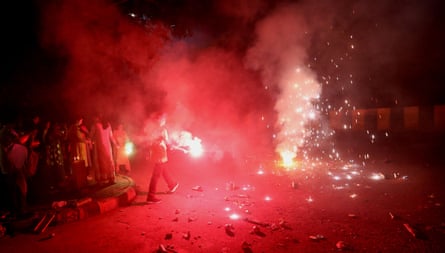
The dangerously high levels of pollution in Dehli have been a problem for more than 15 years, with the situation worsening. Around Diwali, the levels of dangerous particles in the air have been found to shoot up to 70% higher than the worst record of Beijing in China, which was once seen as the world’s most polluted city.
The problem for Delhi is caused by a combination of heavy vehicle emissions, dust, construction, rubbish burning and smoke from fires in the neighbouring agricultural states of Punjab and Haryana, where farmers illegally set their fields on fire to clear them quickly. This toxic smog then gets trapped over the capital as the cool air sets in.
The economic and health toll on the roughly 33 million people living in the Delhi area is enormous, according to numerous studies. It results in high levels of neurological, cardiovascular and respiratory diseases, and can lead to cancer. The pollution is estimated to be responsible for 10,000 premature deaths a year in Delhi.

 3 hours ago
7
3 hours ago
7

